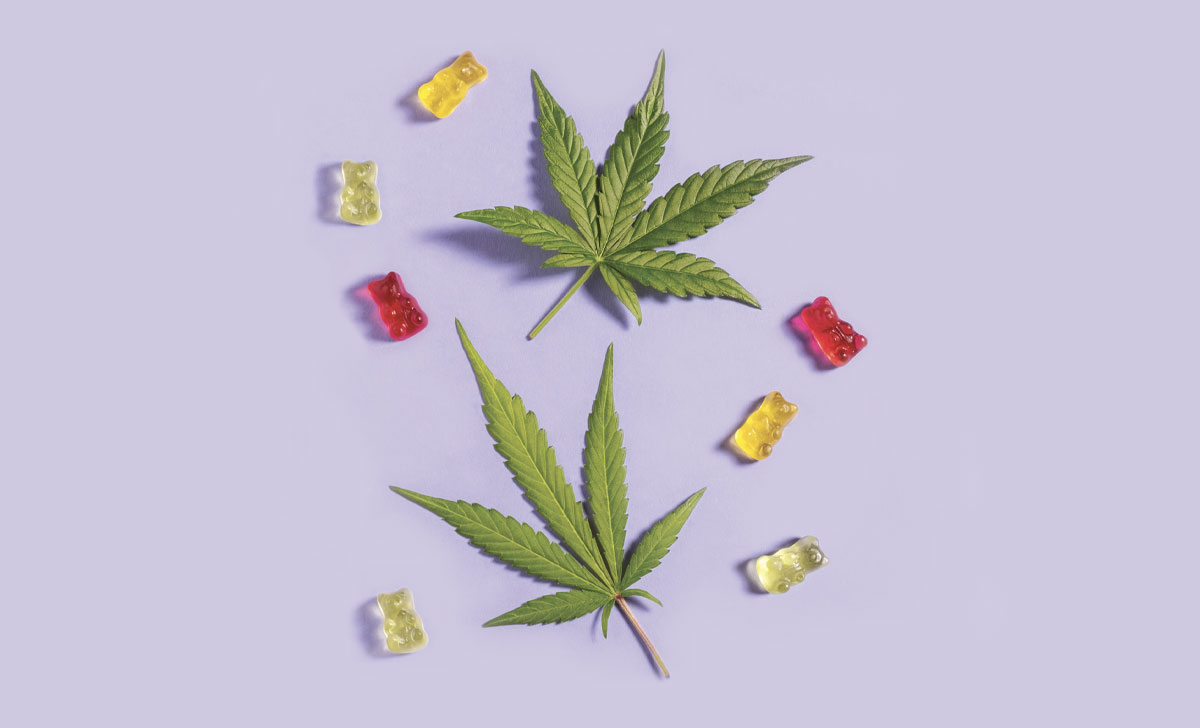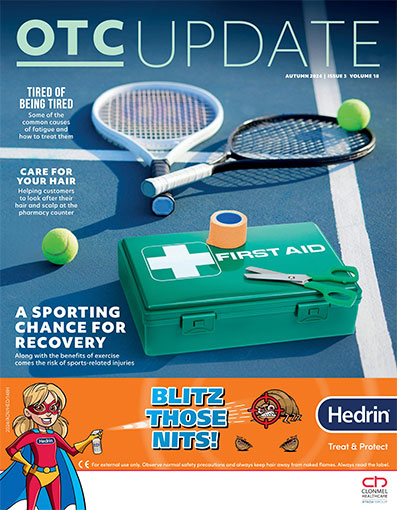Dr Des Corrigan Looks At The Alarming Thc Content Of Many Edible Cannabis Products That Are Laced With Synthetic Cannabinoids.
In the June issue, I described the unforeseen consequences of drug molecule innovation that led to the worrying emergence on the illicit drug market of a new class of opioids, the nitazenes. That issue of Irish Pharmacist appeared on the same day that the EU’s Drugs Agency (the EMCDDA) released a case study from Ireland on fake oxycodone tablets containing metonitazene, as detected by the HPRA and Irish Customs as part of an update from the EU Early Warning System on New Psychoactive Substances: 25 Years of Early Warning and Response in Europe.
Equally worrying from an Irish perspective was another case study in that update, where Forensic Science Ireland had detected synthetic cannabinoids in what are now referred to as ‘cannabis edibles’. These have emerged as a major segment on the cannabis market as a result of innovation by the legal cannabis industry in North America.
Edibles are confectionery products such as sweets (gummies) and chocolate, as well as snack foods (crisps and biscuits) and drinks both soft and alcoholic that have been infused with cannabis extracts. Typically, these extracts have been made using either liquid butane gas, or more usually liquefied CO2, giving highly concentrated levels of THC — up to 100 per cent compared to the 4-to-15 per cent usually found in herbal or resin cannabis products. Thus, edibles made using these concentrates are highly potent.
A crisp product with the imaginative name of ‘Doweedos’ has a labelled THC content of 500mg of THC
For example, Forensic Science Ireland analysed a product called ‘Nerd’s Rope Bites’, labelled as containing a whopping 600mg of THC. A crisp product with the imaginative name of ‘Doweedos’ has a labelled THC content of 500mg of THC. To put both ‘doses’ into context, 5-to-10mg of THC is seen by many researchers as a ‘normal’ dose of THC. In addition, orally-ingested THC has a slower onset of action and a longer duration of action compared to smoked drug. This adds to the not inconsiderable risks associated with edibles.
It was no surprise to read that the FDA warned consumers in mid-May of this year about the accidental ingestion by children of food products containing THC. Between January 2021 and April 2022, the FDA received more than 100 reports of adverse events about edibles containing THC, including hallucinations, increased heart rate and vomiting, with many requiring hospital admission. Of particular concern was mention that the THC-containing edible was a copycat of popular confectionery, such as the aforementioned Nerd’s Rope, Skittles, Sour Patch Kids and Starburst — this latter look-a-like is named ‘Cannaburst’, but the packaging is almost identical to the genuine article. A number of US research papers have drawn attention to the way these copycat products mimic popular sweets and confectionery and use colourful designs and cartoon characters that are attractive to youngsters.
Given the seemingly deliberate attractiveness of these sweets to young people, it is hardly surprising that serious accidents have occurred. A team from Dept of Paediatric Emergency, Children’s Health Ireland at Temple Street, published a Case Series in the Irish Medical Journal in September of last year in which they described six cases of accidental ingestion in children under 10 admitted to the paediatric emergency department over an eight-week period with acute encephalopathy. Each child tested positive for THC. One four-year-old ate a jelly containing 50mg of THC and was brought to hospital drowsy. A combination of low BP and a Glasgow Coma Score of 7/15 led to the child being admitted to intensive care for oxygen administration. This child’s three-year-old sibling was also admitted after eating a jelly and required midazolam for three episodes of cyanosis-associated tonic-clonic movements of all four limbs. In both cases, the children recovered as their THC levels dropped, but not surprisingly, these and the other cases were brought to the attention of the gardaí and TUSLA.
While the dangers of ordinary edibles are bad enough, the idea that these products are now being laced with synthetic cannabinoids is truly frightening. These molecules often have no chemical similarity to the plant cannabinoids, but bind to cannabinoid receptors. Many, described in the pharmaceutical research and patent literature were developed (unsuccessfully) as potential analgesics or as probes for use in studies of the endocannabinoid signalling pathway. Because they are full agonists at the cannabinoid receptor they are much more powerful than THC, which is a partial agonist, and therein lies their danger. The EMCDDA is monitoring 224 of these synthetic cannabinoids which first appeared on the market during the heyday of the ‘headshops’, but which are now marketed using social media and the ‘dark net’. Up to this, the bewildering array of molecules with equally bewildering chemical names were usually marketed as herbal smoking mixtures where various innocuous herbs were sprayed with solutions of drugs. They have also been sold as e-liquids for vaping and sometimes soaked onto paper to facilitate smuggling into prisons.
Their detection in sweets is an ominous development, even if a consumer thought they were using ‘natural’ THC as per the label because of the toxicity associated with the synthetics. As failed pharmaceuticals, virtually none of these have been subjected to standard toxicity tests, so it has been bitter experience that has shown us how damaging they are.
While overdose deaths with cannabis and THC are unknown, fatalities linked to the synthetics have been reported from around the world, including Ireland. Among the adverse events recorded are tachycardia, hypertension, respiratory depression, epileptic seizures, agitation, paranoia, drowsiness, nausea and vomiting, hallucinations, and dependence. These would be distressing enough for consenting adults, but can you imagine the effect on a small child after eating one of those adulterated sweets?
In addition to the adulterated sweets, the Drugs Agency also drew attention to cases where low-THC cannabis herb, ie, hemp, was found to have been sprayed with synthetic cannabinoids. This new phenomenon has been reported from 11 Member States. Ireland was not among that 11 so far, but I would not depend on that lasting forever. Consumers of such herbal material, thinking that they are smoking genuine cannabis, are likely to get quite a shock in terms of the potency and toxicity of what they have bought. I know it is a cliché, but as ever, Caveat Emptor







